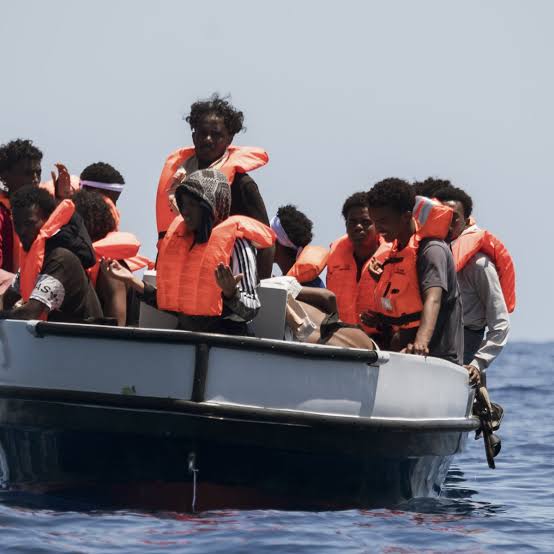THE WASHINGTON TIMES
So is Indian Prime Minister Narendra Modi, although reports have swirled since early August that he had planned to avoid the meeting altogether until South African President Cyril Ramaphosa persuaded him to change his mind in an urgent phone call earlier this month.
The gathering, which is expected to anchor on how the BRICS nations might develop a new currency to challenge the dominance of the U.S. dollar globally, is being watched closely in Washington, where several Republican and Democratic lawmakers accuse the Ramaphosa government of supporting Mr. Putin‘s war.
Despite that backdrop, analysts say there is still hope for a successful talkfest, even if BRICS is struggling for relevance in the face of the Ukraine war along with South Africa‘s economic difficulties, and widening competition between China and India: the world’s second and fifth largest economies.
China, which has held the number two spot in GDP behind the United States since BRICS was formed, is facing an increasing challenge from India, which was only ninth on the biggest economies list back in 2010, when the bloc held its first major summit.
BRICS meetings have taken place in all five member states since then, although this week marks the first in-person gathering since 2019.
While the appearance of disunity looms, there are signs of momentum. More than 40 countries have applied to join the bloc in recent years as a counter-balance to what they claim is American dominance in trade, diplomacy and at the United Nations.
Even without new members, the current BRICS nations cover a quarter of the world’s landmass, make up more than 40 percent of its population and have a combined GDP of $28 trillion — collectively greater than the $25 trillion boasted by the United States.
The China factor
This week’s summit is likely to be a showcase for China, the largest trade partner for both Brazil and South Africa.
Despite a surge in Russia–China ties following Western efforts to isolate Moscow with sanctions in response to the Ukraine invasion, trade between the Chinese and Russian economies remains relatively modest.
Beijing, for instance, sells more to its rival, Taiwan, than to neighboring Russia.
Africa, meanwhile, has been one of the core destinations of loans from China tied to Mr. Xi’s Belt and Road Initiative aimed at growing Beijing’s global influence and connectivity via lending for development projects in poorer nations around the world.
Although China‘s economy has continued to take a hit in the post-COVID era — Chinese exports in July were down 14% on the same month last year — the Xi government will likely use the gathering in Johannesburg to show its growing influence on the continent.
But the question of how South Africa fits into Beijing’s long-term calculus is debatable.
Like India and Brazil, South Africa is struggling with rapid urbanization and high levels of unemployment especially among the youth; more than a third of the population is aged under 20.
The BRICS summit is taking place in the northern Johannesburg suburb of Sandton, dubbed “Africa’s richest square mile,” where commercial turnover on sales — including brands like Chanel, Gucci, Rolls Royce and Jaguar — exceeds the GDP of Africa’s poorer states.
The extent to which the summit can grow political cohesion between South Africa, China and those other states remains to be seen.
BRICS is not the first effort by developing nations to combine their influence.
The Non-Aligned Movement (NAM), dating from 1961, includes every country in Africa except South Sudan, along with much of Asia and Latin America. At its core is neutrality in the tussle for dominance between Moscow and Washington, although, in the 1970s the NAM was chaired by the late-Fidel Castro whose rule over Cuba was underpinned at the time by financial and military dependence on the former Soviet Union.
Other Soviet-aligned members of that era included Angola, Mozambique, Ethiopia and Vietnam.
In more than 60 years of existence, NAM has had little impact on trade or diplomacy.


